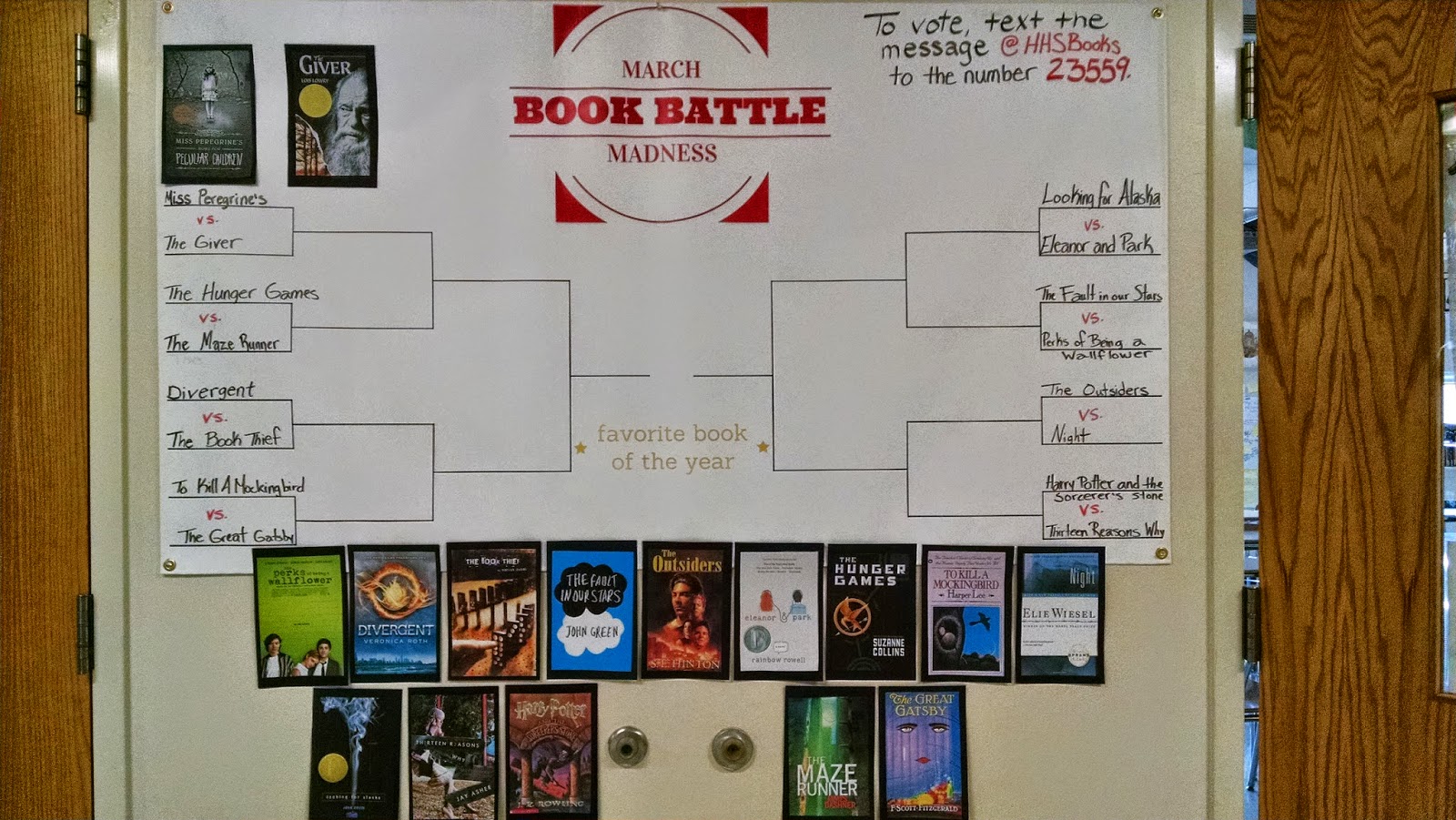 |
| Illustration by Austin Kleon |
Allowed.
Our student writers are taught a set of rules. Don't use contractions. Double space your essays. Spell out numbers under ten. Write everything in complete sentences. Make sure that your subject and your verbs agree in number. These are easy to teach, easy to learn. But clearly the writing that we remember, that packs an emotional punch, is more than a well-employed set of grammatical rules.
As an English teacher, I admit to focusing a bit too much of my energy on marking misplaced commas and dangling modifiers in the past, but this is not where the heart of writing lies. In spending our energies on correcting grammar, we teach our students that grammar is important. Exclusively. When we focus on writing as teaching students to write a certain number of paragraphs, to a particular set of rules, we limit student possibilities for expression.
I understand the need to begin somewhere. However, a set of rules, a list of dos and don'ts, decapitates student writing. (I asked my creative writing students for help with this sentence. Jordan came up with the verb decapitates.) Instead, taking a lead from Kylene Beers, Lynne Dorfman, and Kelly Gallagher, I ask my students to find mentor texts for each piece of writing they craft. What is the writing doing? What do you notice? What moves is the writer making? Beginning in this manner, students come up with their own rules. They notice that personal essays published in the New York Times Magazine use contractions. The college application essays that earned the highest marks are those that use slang, that contain intentional fragments, that break the rules of what is "allowed."
I am asking my students to think about writing for publication. They are trained to write in five paragraphs, but pick up any magazine, a newspaper, read a blog. How many of them are written in formulaic five-paragraphs? Yes, we must begin somewhere when it comes to teaching writing. However, I firmly believe teaching students to write to a set of rules, rules that so many of us break, is not the place to begin. Rather than close off possibilities, we must find ways to open them up.
So it's not that I'm throwing the "rules" out the window. I'm just setting them aside for awhile and letting our community of writers figure out the rules for ourselves.
















.jpg)








.jpg)